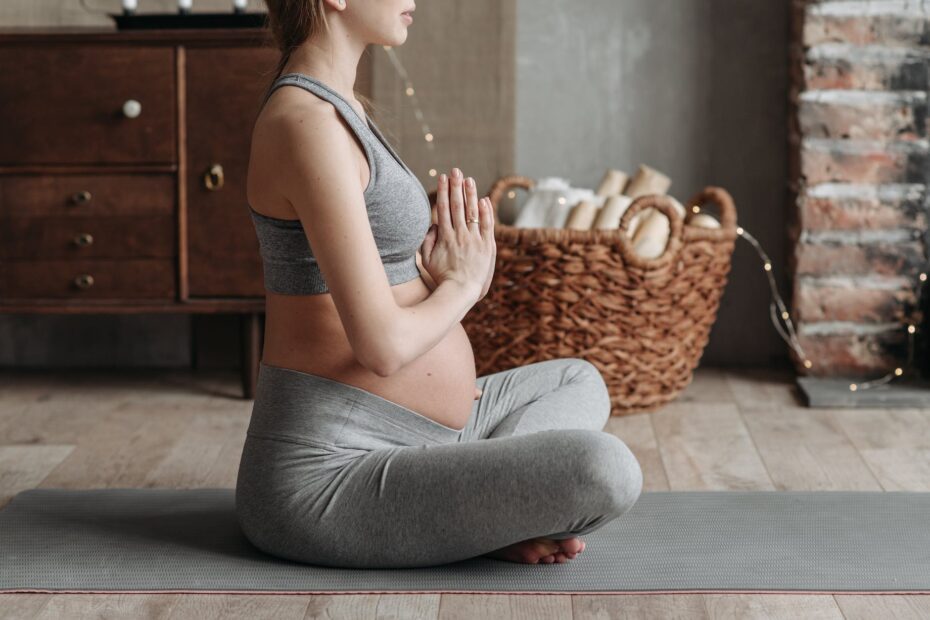Chafing during pregnancy can be an uncomfortable and irritating experience for expectant mothers. As a dermatologist with expertise in this area, I have compiled a comprehensive guide to help soothe and prevent chafing during pregnancy. With the help of expert advice from dermatologists, we will explore the causes, symptoms, and common areas where chafing occurs during pregnancy.
During pregnancy, hormonal changes and weight gain can lead to increased friction and moisture in certain areas of the body, resulting in chafing. Common areas affected by chafing include the inner thighs, under the breasts, and the belly. This can cause redness, itching, and discomfort for pregnant women.
To alleviate chafing discomfort, it is important to maintain proper hygiene and choose clothing made of breathable fabrics. Regularly changing into clean, dry clothes can help prevent moisture buildup. Applying a gentle, fragrance-free moisturizer can also provide relief and keep the skin hydrated.
In addition, dermatologists recommend avoiding tight-fitting clothes and opting for loose-fitting garments that allow for air circulation. Wearing cotton underwear and using talcum powder can help absorb moisture and reduce friction. It is also advisable to avoid activities that may exacerbate chafing, such as prolonged walking or exercise.
By following these tips and incorporating them into your skincare routine, you can effectively soothe and prevent chafing during pregnancy. Remember to consult with a dermatologist for personalized advice and recommendations tailored to your specific needs.
Understanding Chafing During Pregnancy
Understanding Chafing During Pregnancy
During pregnancy, chafing can become a bothersome issue for many expectant mothers. It occurs when the skin rubs against itself or clothing, leading to irritation, redness, and discomfort. To effectively address this problem, it is important to understand the causes, symptoms, and common areas where chafing occurs.
Causes of chafing during pregnancy can vary, but the most common factors include weight gain, hormonal changes, and increased sweat production. As the body undergoes changes to accommodate the growing baby, the skin may become more sensitive and prone to friction. This can lead to chafing in areas such as the inner thighs, underarms, and breasts.
Symptoms of chafing during pregnancy often include redness, itching, and a burning sensation. It can significantly impact the comfort and well-being of expectant mothers, making it essential to find ways to soothe and prevent chafing.
To alleviate chafing discomfort, dermatologists recommend practicing good hygiene, wearing loose and breathable clothing, and using skincare products that are gentle on the skin. Avoiding tight-fitting clothes and opting for moisture-wicking fabrics can also help reduce friction and irritation.
By understanding the causes, symptoms, and common areas where chafing occurs during pregnancy, expectant mothers can take proactive steps to prevent and soothe this uncomfortable skin woe. Prioritizing self-care and following the advice of dermatologists can help ensure a more comfortable and enjoyable pregnancy experience.
Tips for Soothing and Preventing Chafing
During pregnancy, chafing can be a common and uncomfortable issue for many expectant mothers. Fortunately, there are practical tips and remedies recommended by dermatologists that can help soothe and prevent chafing discomfort.
First and foremost, maintaining proper hygiene is crucial. Make sure to clean and dry the affected areas thoroughly. Avoid using harsh soaps or fragrances that can irritate the skin. Instead, opt for gentle cleansers specially formulated for sensitive skin.
Choosing the right clothing is also important in preventing chafing. Opt for loose-fitting, breathable fabrics that allow air circulation and reduce friction. Avoid tight clothing and synthetic materials that can trap moisture and exacerbate chafing.
In addition to hygiene and clothing choices, establishing a skincare routine can help alleviate chafing discomfort. Apply a soothing and moisturizing cream or ointment to the affected areas regularly. Look for products that contain ingredients like aloe vera or chamomile, known for their calming properties.
Remember, every pregnancy is unique, and what works for one person may not work for another. It’s always best to consult with a dermatologist or healthcare provider for personalized advice and recommendations.
Frequently Asked Questions
- Q: What causes chafing during pregnancy?
A: Chafing during pregnancy can be caused by the friction between your skin and clothing, especially in areas where there is increased moisture or rubbing. Hormonal changes and weight gain can also contribute to increased sensitivity and chafing.
- Q: Which areas are most commonly affected by chafing during pregnancy?
A: The most common areas where chafing occurs during pregnancy are the inner thighs, under the breasts, and around the belly. These areas are prone to friction and moisture buildup, leading to discomfort and irritation.
- Q: How can I soothe chafed skin during pregnancy?
A: To soothe chafed skin during pregnancy, it is important to keep the affected areas clean and dry. Applying a gentle moisturizer or petroleum jelly can provide relief. Wearing loose-fitting clothing made of breathable fabrics can also help reduce friction.
- Q: Are there any specific clothing choices that can prevent chafing?
A: Yes, choosing clothing made of natural, breathable fabrics like cotton can help prevent chafing during pregnancy. Avoid tight-fitting clothes and opt for loose, comfortable garments that allow air circulation.
- Q: Can I use any over-the-counter creams or ointments to prevent chafing?
A: It is always best to consult with your dermatologist or healthcare provider before using any over-the-counter creams or ointments during pregnancy. They can recommend safe and suitable options to prevent chafing and soothe irritated skin.


Keith is originally from Truckton, Colorado. The 54-year-old cared for his overweight wife for many years. Keitch is also a freelance editor at antichafing.net and supports the team as a competent advisor. In his spare time Keith enjoys reading books, visiting his homeland and is a passionate product tester for well-known manufacturers.

